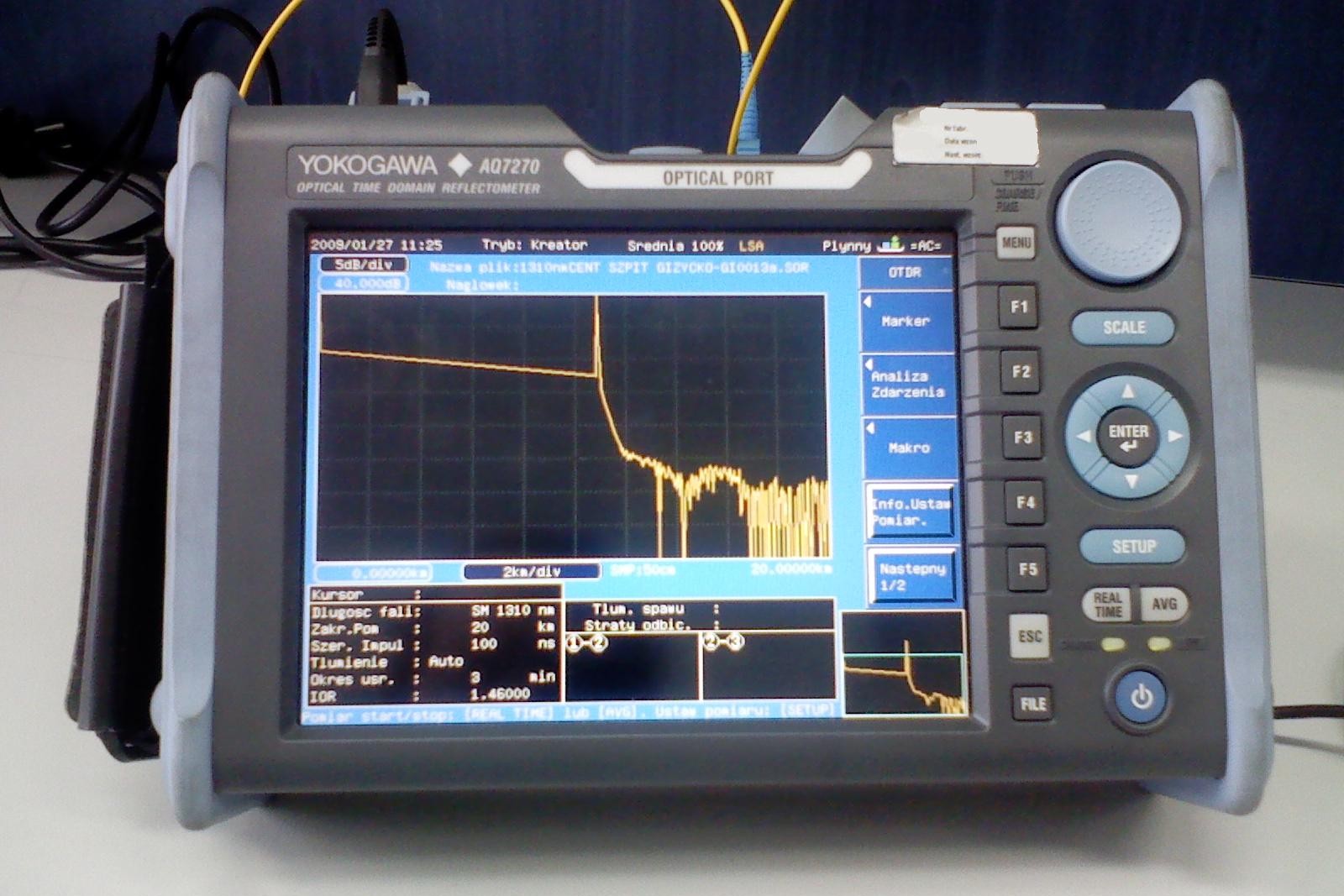
What is a Time Domain Reflectometer (TDR)? A Time Domain Reflectometer (TDR) is a device used to locate faults in metallic cables, such as twisted pair wires or coaxial cables. By sending a pulse down the cable and measuring the time it takes for reflections to return, a TDR can pinpoint breaks, shorts, or other anomalies. TDRs are essential tools for technicians working in telecommunications, networking, and electrical engineering. They help ensure the integrity of cable installations and maintenance. Understanding how a TDR works can save time and money by quickly identifying issues without the need for extensive manual inspection.
What is a Time Domain Reflectometer?
A Time Domain Reflectometer (TDR) is a device used to locate faults in metallic cables, such as twisted pair wires or coaxial cables. It works by sending a pulse down the cable and measuring the time it takes for any reflections to return. These reflections can indicate various issues like breaks, shorts, or other anomalies in the cable.
- TDRs are essential for diagnosing problems in telecommunications and network cables.
- They can detect faults as small as a few centimeters.
- The device measures the time it takes for a pulse to travel down the cable and back, hence the name "time domain."
- TDRs are used in industries like telecommunications, aerospace, and even in underground utility mapping.
How Does a TDR Work?
Understanding the working principle of a TDR can help you appreciate its importance in various fields. The device sends a high-frequency pulse down the cable and waits for any reflections caused by impedance changes.
- When the pulse encounters a fault, part of it is reflected back to the device.
- The time taken for the pulse to return helps calculate the distance to the fault.
- TDRs can identify different types of faults, such as open circuits, short circuits, and impedance mismatches.
- The device can also measure the length of the cable.
Applications of TDR
TDRs are versatile tools used in many applications beyond just telecommunications. Their ability to diagnose and locate faults makes them invaluable in various fields.
- They are used in the maintenance of electrical wiring in aircraft.
- TDRs help in locating faults in underground cables without the need for excavation.
- They are also used in the oil and gas industry to monitor the integrity of pipelines.
- TDRs can be used in environmental studies to measure soil moisture content.
Advantages of Using a TDR
Using a TDR offers several benefits, making it a preferred choice for many professionals. These advantages range from accuracy to ease of use.
- TDRs provide precise fault location, reducing the time needed for repairs.
- They are non-destructive, meaning they don't damage the cable during testing.
- The device is portable and easy to use in the field.
- TDRs can be used on both live and dead cables.
Limitations of TDR
While TDRs are incredibly useful, they do have some limitations. Knowing these can help you understand when and how to use the device effectively.
- TDRs may not work well on very short cables.
- They can struggle with highly complex cable networks.
- The accuracy of the device can be affected by external electromagnetic interference.
- TDRs require a certain level of expertise to interpret the results correctly.
Types of TDRs
There are different types of TDRs designed for specific applications. Each type has its own set of features and capabilities.
- Handheld TDRs are portable and ideal for fieldwork.
- Benchtop TDRs offer more advanced features and are used in laboratories.
- Multi-channel TDRs can test multiple cables simultaneously.
- Optical TDRs are used for testing fiber optic cables.
History of TDR
The development of TDR technology has an interesting history, rooted in the need for better fault detection methods.
- The concept of TDR was first introduced in the 1930s.
- Early TDRs were bulky and required significant power to operate.
- Advances in electronics have made modern TDRs more compact and efficient.
- The technology has evolved to include digital TDRs, which offer more accurate readings.
Future of TDR Technology
The future of TDR technology looks promising, with ongoing advancements aimed at improving its capabilities and applications.
- Integration with AI could make TDRs smarter and more intuitive.
- Future TDRs may offer real-time diagnostics and automated fault detection.
- Advances in materials science could lead to more durable and sensitive TDR probes.
- The development of wireless TDRs could revolutionize field diagnostics, making the process even more efficient.
Time Domain Reflectometers: The Final Word
Time Domain Reflectometers (TDRs) are essential tools in the world of cable testing and fault detection. They help pinpoint issues in cables by sending a signal down the line and measuring reflections. TDRs are invaluable for maintaining the integrity of communication networks, ensuring minimal downtime, and saving both time and money.
Understanding how TDRs work can make a big difference in troubleshooting and maintaining cable systems. They offer precise measurements, quick diagnostics, and are user-friendly. Whether you're a professional technician or a curious hobbyist, knowing the basics of TDRs can be a game-changer.
So, next time you're faced with a cable issue, remember the power of a TDR. It's a small device with a big impact, making complex tasks simpler and more efficient. Happy testing!
Was this page helpful?
Our commitment to delivering trustworthy and engaging content is at the heart of what we do. Each fact on our site is contributed by real users like you, bringing a wealth of diverse insights and information. To ensure the highest standards of accuracy and reliability, our dedicated editors meticulously review each submission. This process guarantees that the facts we share are not only fascinating but also credible. Trust in our commitment to quality and authenticity as you explore and learn with us.
